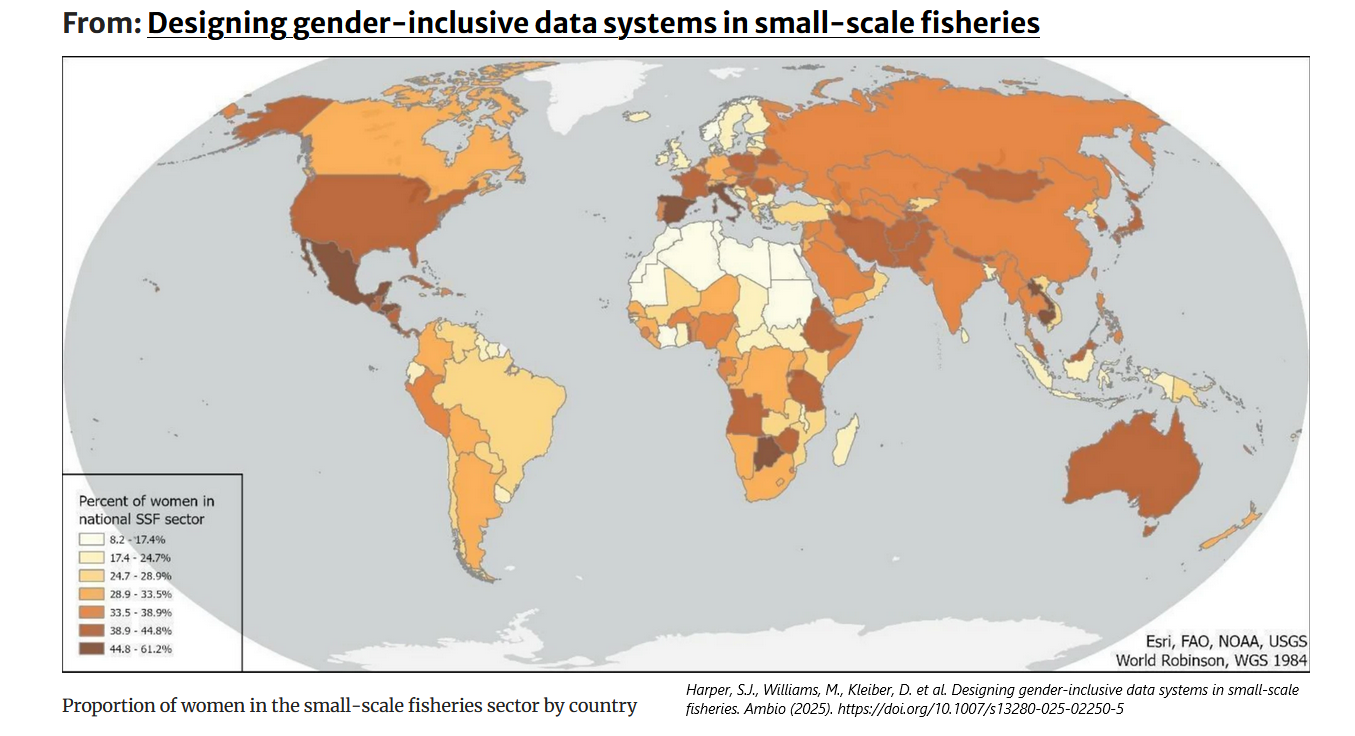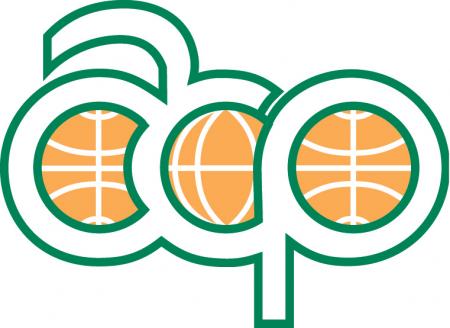
Gender equality is a ubiquitous national goal, yet sectoral gender data gaps to support this goal persist. These gaps are both structural and sexist, concealing women’s contributions and impeding actions that would strengthen livelihoods and economic development, food security, and environmental sustainability. The small-scale fisheries sector offers a cogent example of this phenomenon. Building on lessons from the Illuminating Hidden Harvests initiative, we identify systemic changes and specific indicators needed to fill these gaps. This requires multiple data streams, many of which come from outside fisheries agencies, e.g., government statistical or census organizations, sourced from responsible agencies across multiple areas—economy and environment, governance and support services, and health and nutrition. Closing gender data gaps requires making the policy case and working across agencies to create an enabling institutional environment. Only then can data reflect and respond to the lives of the ~ 500 million people who depend on small-scale fisheries.














